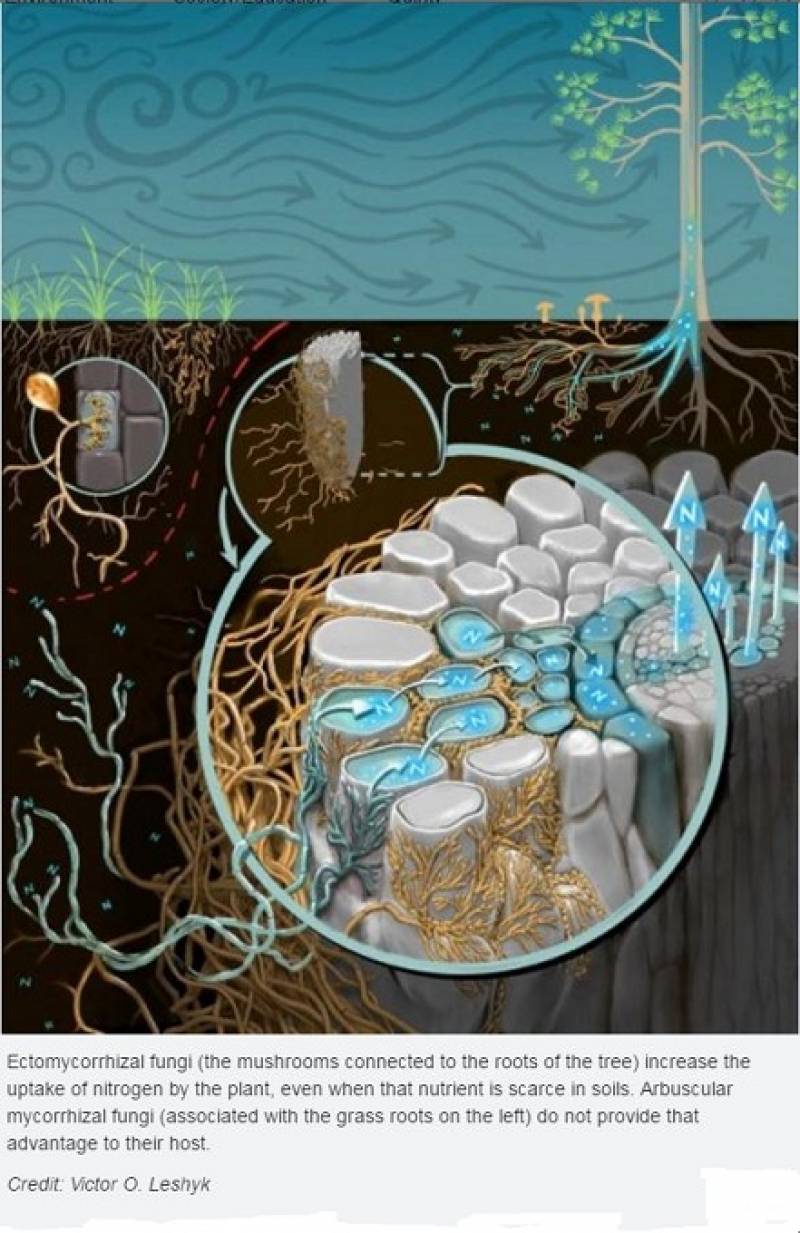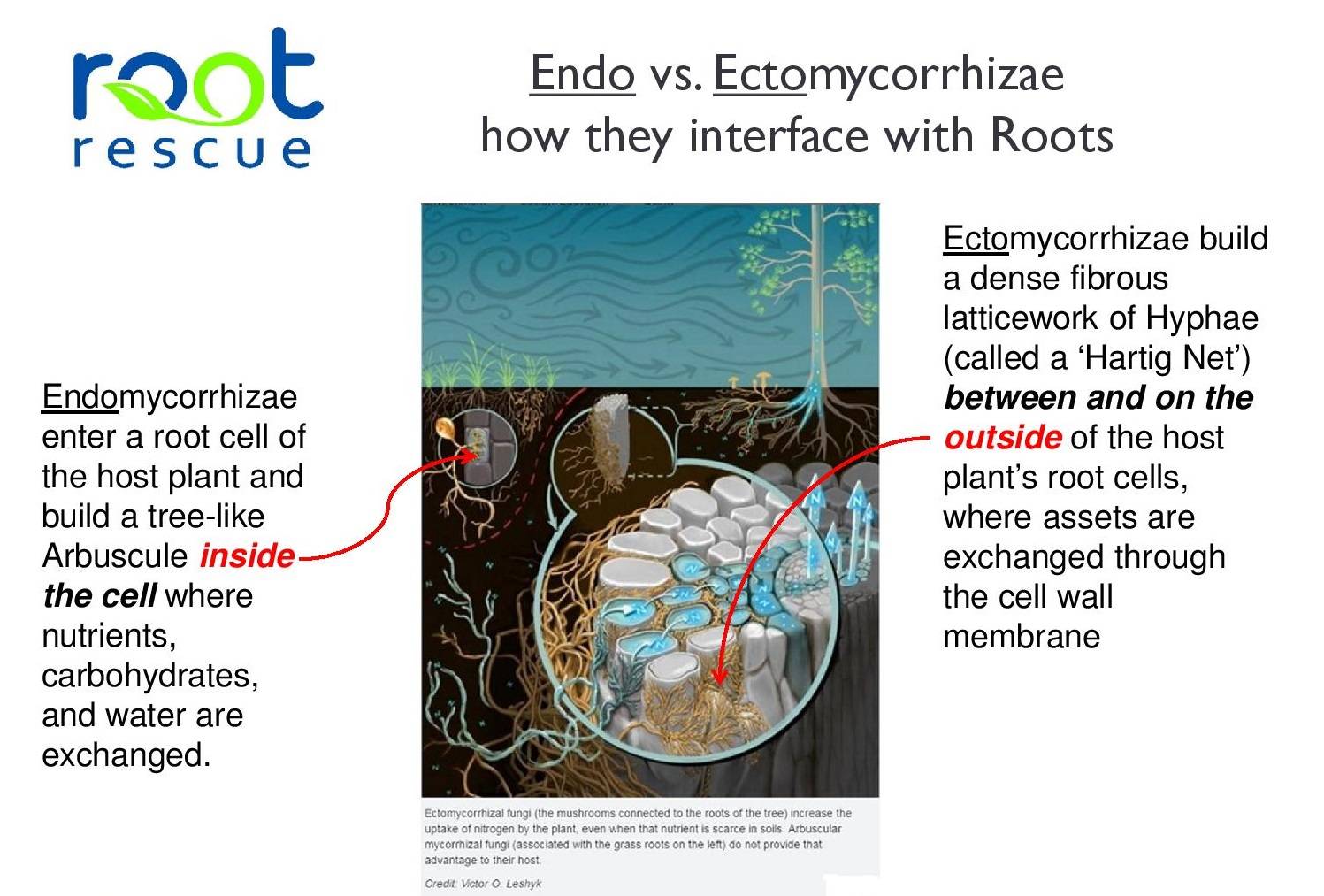"You don't know what you've got..." - Until you count it!
We all know that Green Plants 'breathe in' Carbon Dioxide and convert it to the oxygen during photosynthesis. So one might think that rising CO² levels would mean that the plants around us are all growing faster these days. 'Not quite' a new study in the journal Science explains.
It turns out that plants can only take advantage of a rising CO² supply if they have:
- An increased soluble Nitrogen source - or,
- Beneficial Mycorrhizal Fungi that work symbiotically with roots them to liberate nutrients like nitrogen that are locked away in soils.
- It's expensive and only effective for a short while (requiring repeated applications)
- The production of synthetic nitrogen adds even more greenhouse gasses to the atmosphere by burning fossil fuels
- Nitrogen (the Nitrate form that plants need) is highly volatile: much of it is likely to escape into the environment as a gas or as a leachate into the water table before a plant can metabolize it.

There are thousands of species of mycorrhizal fungi working symbiotically with the roots of plants in undisturbed natural environments. The majority of mycorrhizae (95%) fall into 2 classes or types: Endomycorrhizae [AM], or Ectomycorrhizae [ECM]. Each plant species works with either one type or the other (in rare and interesting cases, some plants work with both types). Here's a table (a downloadable PDF) that shows which type of mycorrhizae hundreds of familiar plants and trees work with. Both AM and ECM fungi establish a beneficial symbiosis with roots, the difference between them is exactly how they connect to the plant host's root, and the way that they reproduce from one year to the next. In exchange for a continuous sugar meal from plant roots, both AM and ECM fungi perform the same valuable services for their respective plant hosts.
Here's how the 2 major types of mycorrhizal fungi hook-up to roots:
- Endomycorrhizal fungi - also called Arbuscular Mycorrhizae [AM], or sometimes Vesicular Arbuscular Mycorrhizae [VAM]
- Ectomycorrhizal fungi [ECM]:

Climate Change and The Mycorrhizal Carbon Sink
The study published in the journal Science was led by César Terrer Moreno, a Ph.D. student at Imperial College London. Among it's many findings, the study also confirmed that Mycorrhizal fungi are a major carbon sink needed (more than ever) in the fight against climate change. The vast networks of Mycorrhizal fungal filaments (Hyphae) associated with healthy plant roots sequester tons of atmospheric CO² in the soil. Click here to go to the synopsis of the study's findings.
A quote from one of the Study's authors:
"Nitrogen and mycorrhizae are like the X-factors in plant responses to CO²," said Bruce Hungate, Director of NAU's Center for Ecosystem Science and Society and Regents' Professor of Biological Sciences, who was a co-author on the study. "Rising CO² is not a universal fertilizer, but neither is nitrogen limitation a universal restriction on the CO² response. The truth is in the middle, and microbes are the key mediators," Hungate said.
Root Rescue's Transplanter contains 18 different species of Mycorrhizae (both Endo's and Ecto's). It's time to Root Rescue!

